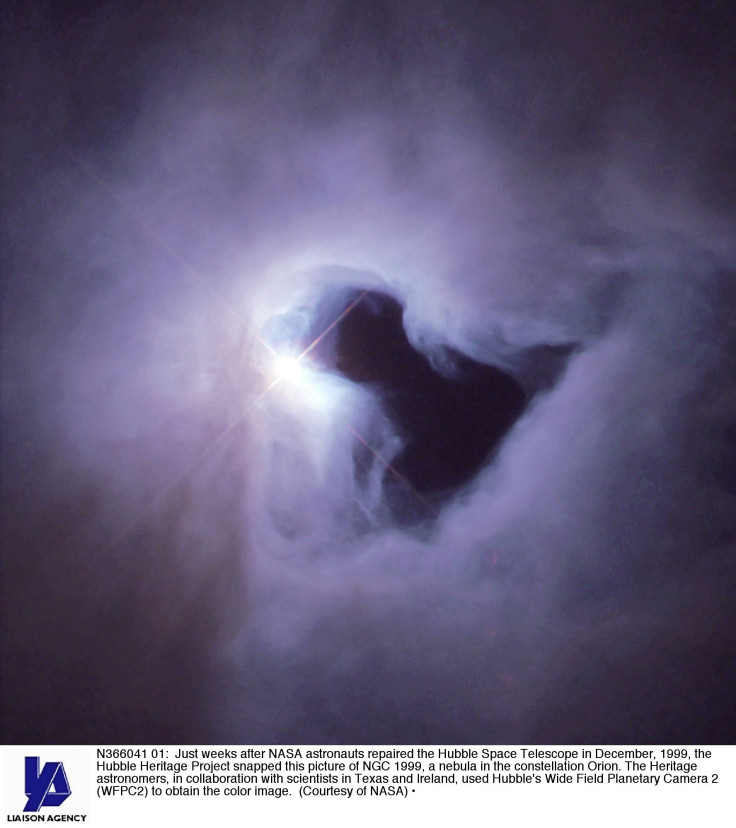Stunning 'Cosmic Bat' In Orion Constellation Captured In Incredibly Detailed Image [PHOTO]

The "Cosmic Bat" about 2,000 light-years away from Earth has been captured in a stunning image.
Nicknamed the Cosmic Bat, NGC 1788 is a nebula that is barely visible with the naked eye. But European Southern Observatory (ESO) astronomers recently caught the gargantuan bat of dust and gas on camera, showing the nebula spreading its ghostly wings through the cosmos.
Hidden in one of the darkest corners of the #Orion constellation, this Cosmic Bat is spreading its wings through interstellar space 2000 light-years away. NGC 1788 reveals its soft colours to ESO's #VLT in the most detailed image to date. https://t.co/mVlIn2Nl9u pic.twitter.com/1ZHIjmb0Db
— ESO (@ESO) March 14, 2019
ESO released the new image of the Cosmic Bat to commemorate the 20th birthday of FORS2. This versatile imaging instrument is mounted on the ESO's Very Large Telescope. The imaging instrument has produced some of the most stunning images of celestial objects over the past two decades, including a shrieking portrait of the "Skull and Crossbones" nebula.
According to NASA, the Cosmic Bat is a reflection nebula, and as its name implies, doesn't actually emit any visible light on its own. It glows "like fog around a street lamp" by scattering the light from small baby stars hidden with the nebula's dust. The stars are believed to be only around 1 million years old, which is very young compared to our 4.6-billion-year-old Sun.
ESO scientists said that the history of these young stars is shown in the arc of the bat's wings, according to ESO's website. The oldest stars in NGC 1788 can be found close to the massive stars of the Orion constellation proper, in the left side of the nebula. The youngest ones of the bunch, on the other hand, are positioned toward the right.
Astronomers believe that this could mean that a gale of stellar winds released over millions of years by the big, hot stars of the Orion constellation may have formed the Cosmic Bat.
The NASA/ESA Hubble Space Telescope also previously captured another reflection nebula in Orion, the NGC 1999.
The stunning image shows a jet-black cloud called "Bok globule" near the center, to the right of the bright star V380 Orionis. Named after the late University of Arizona astronomer Bart Bok, the Bok globule is a "cold cloud of gas, molecules and cosmic dust, which is so dense it blocks all of the light behind it."
The V380 Orionis, meanwhile, lights up the reflection nebula. The star has a surface temperature nearly twice that of our own Sun at around 10,000 degrees Celsius. It is also much bigger than our star, but the V380 Orionis is much younger.
© Copyright IBTimes 2024. All rights reserved.





















